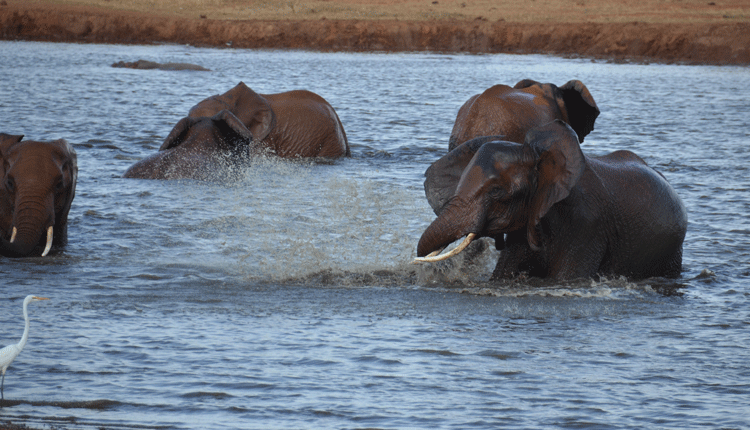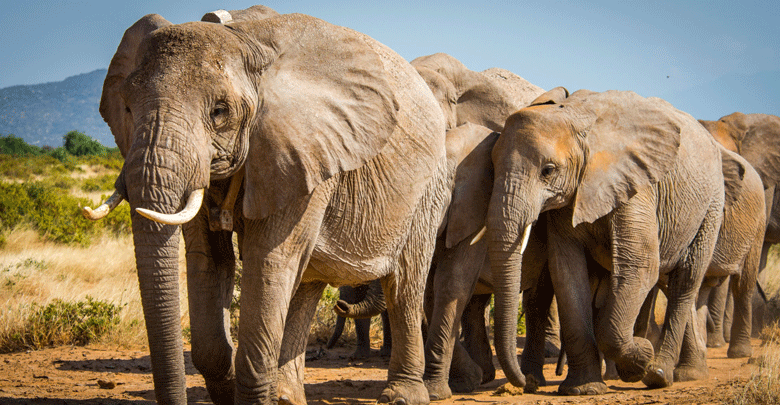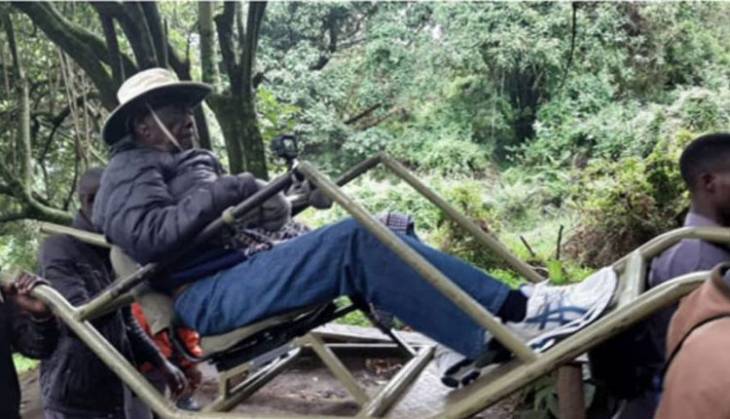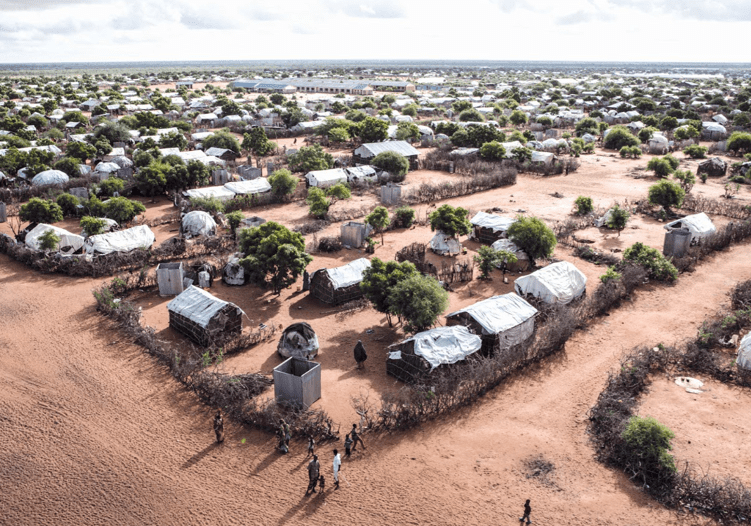Jumbo numbers boom curse to farmers

The recent release of Kenya’s first National Wildlife Census 2021 Report was received with celebrations by conservationists across the country. And with good reason too.
The results showed a significant increase in the population of animals in the wild.
From buffaloes to rhinos to zebras and lions, the numbers pay homage to the conservation efforts by the government aimed at preservation of Kenya’s rich biodiversity.
However, the good news of a surging wildlife population especially the elephants have been met with anxiety and apprehension by artisanal farmers in Taita-Taveta county who are still trying to figure out what the surge in the number of elephants portends for them.
Elijah Mwanjala, is one such artisanal farmer at Landi area in Mwatate sub-county.
Farmers anguish
At midnight a fortnight ago, a herd of elephants paid him a nocturnal visit. They had strayed from a nearby ranch.
Asleep at that time, he was jolted awake by the terrifying noise of a quivering house and the rending sound of a roof being pulled apart.
After prying loose one edge of the roof, the elephants placidly licked sugar from a bowl, munched half a sack of simsim and maize grains he had stored after his harvest.
Satiated, the jumbos rambled away into the night leaving the farmer cowering in the corner.
“I was terrified. I was sure the house would collapse. I did not sleep again that night. Who could,?” recalls the farmer.
It is such encounters that have increased the anguish of farmers who fear that conflict incidences will only increase.
The 2021 census report showed that the country has 36,280 elephants. Out of this total, 14, 964 are in the Tsavo Ecosystem while the rest are distributed across other ecosystems in the country.
The data from Tsavo shows a gradual growth of the jumbo population; an indicator that the billions spent by the government to promote conservation and eradication poaching and illegal wildlife trade are yielding results.
In the 2014 census, Tsavo’s jumbo population was at 11,217. By 2017, the numbers had grown to 12, 866. With the current numbers at over 14,000, it is largely expected the population will keep on growing.
The growth in numbers is a positive move for the tourism sector and promoters of biodiversity.
However, the flipside is the possibility of increased cases of human-wildlife conflict in several areas viewed as conflict hotspots.
In Tsavo, areas considered as troubled zones include Kasighau, Mbololo, Maungu and Sagalla in Voi; Kishushe in Wundanyi and Maktau and Bura in Mwatate. It is only in Taveta sub-county where elephants’ invasion is rarely reported.
Annual migration
Lately, a worrying trend has emerged where conflicts are being reported in areas traditionally not associated with elephants’ invasion.
Landi is one such area. Other areas where cases are reported frequently include Ghazi, Miasenyi and Ngolia.
“We have never had these invasions in the past. We don’t know what has triggered them now,” says Mwanjala.
One of the major factors being cited for this trend is the ravaging drought inside Tsavo National Park.
Decline in water and pasture has pushed elephants into ranches and human settlement areas.
Bongo’sa Mcharo, chair of Taita-Taveta Wildlife Conservancies Association, says elephants have flocked in the ranches owing to the availability of water and pasture.
Collectively, ranches occupy over 1.2 million acres of land.
“We have very many elephants in the ranches because we have pasture and water,” said the rancher.
The increased conflicts are also blamed on illegal settlement along migration corridors, which interfere with the annual jumbo migration.
However, the recent eviction of over 3,000 residents and demolition of houses at Ndovuni village in Voi is a pointer to the efforts by the government to reduce the conflicts by clearing the animals’ routes.
c says the villagers had settled illegally in Tsavo East National Park and hindered the migration of elephants into the park.
Farmers compensation
“This was a migration corridor that had to be cleared. They had settled right inside a protected area,” said the administrator.
KWS has announced plans to erect electric fences in most troubled areas to keep the elephants inside the protected areas.
Currently, a 93-km electric fence from Mwatate to Kasighau to Mackinnon Road in Voi is under construction.
The erection of the 30-km Kamutonga-Alia fence is set to resume after court gave a go-ahead for the project.
Despite such interventions, local leaders are urging Kenya Wildlife Service (KWS) and Ministry of Tourism and Wildlife to expedite compensation claims for crop damage and property destruction.
Sagalla MCA Godwin Kilele says delays in paying compensations for crises like crop destruction were hurting the farmers.
He added that thousands were left without food after their crops were destroyed and thus a need to release the money quickly to avoid widespread starvation.
“Compensation should come on time so that people can at least buy food,” he said.
Senator Johnes Mwaruma had tabled a bill in the Senate that sought to compel all compensation claims filed to be paid within 90 days. The fate of the bill remains.
To date, KWS has paid over Sh50 million in compensations for deaths caused by wildlife.
However, no compensation has been received for crop losses, property destruction and animal predation. – KNA













